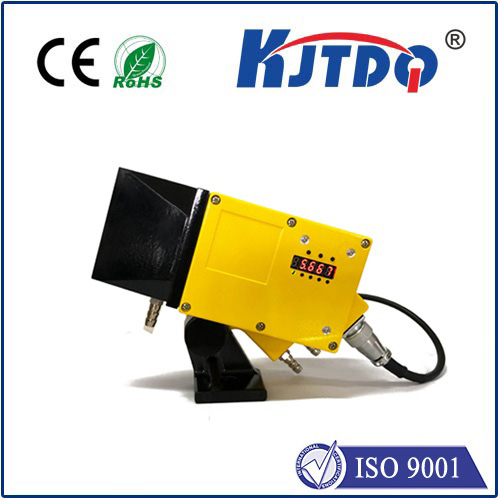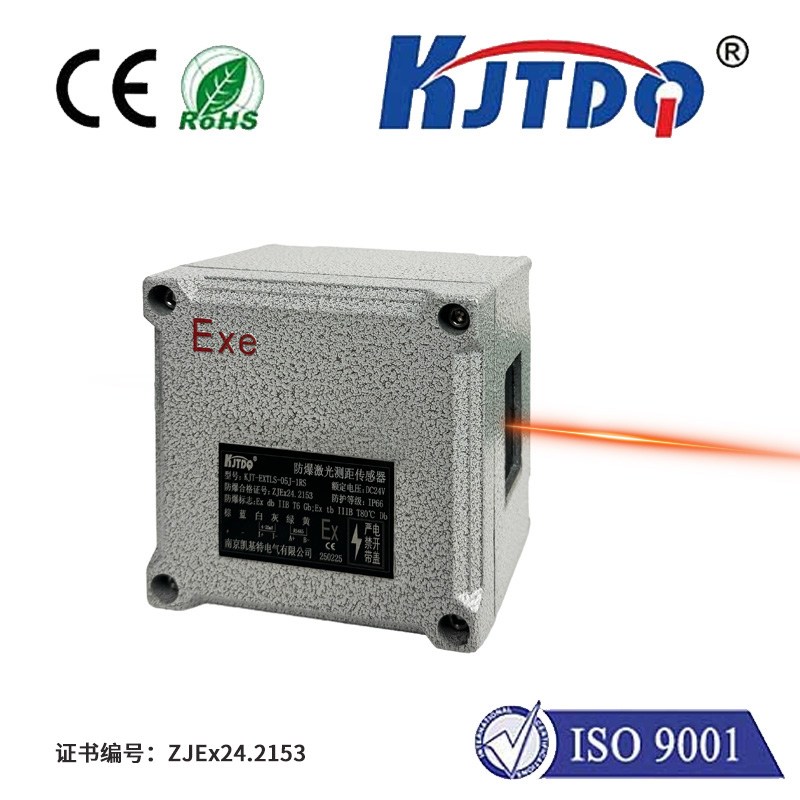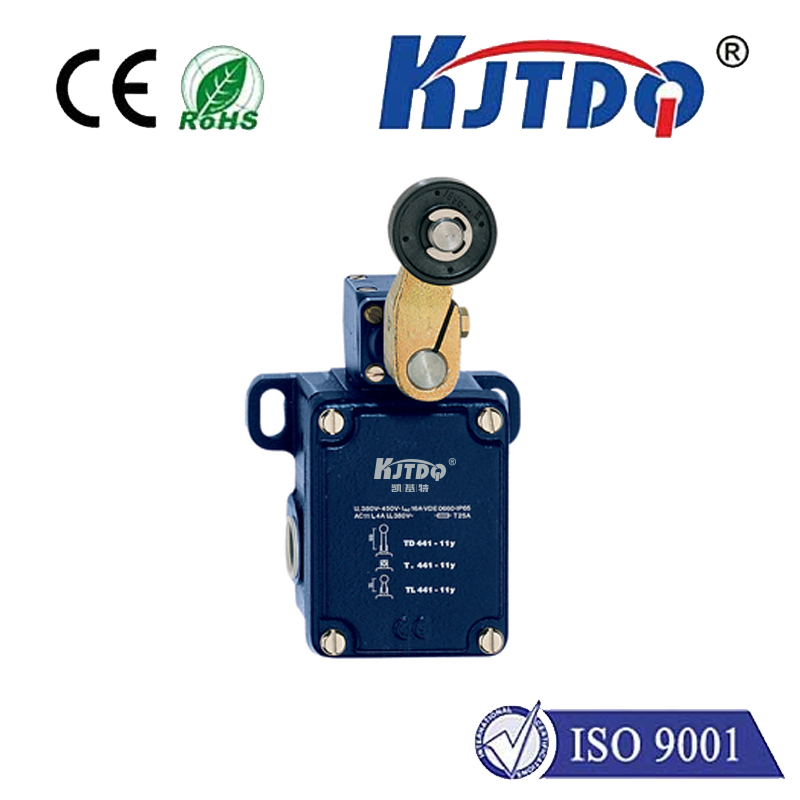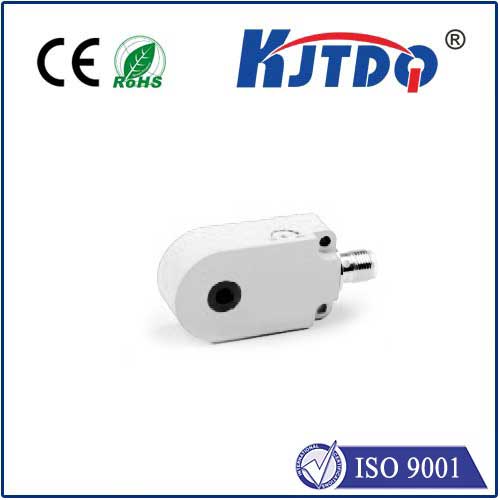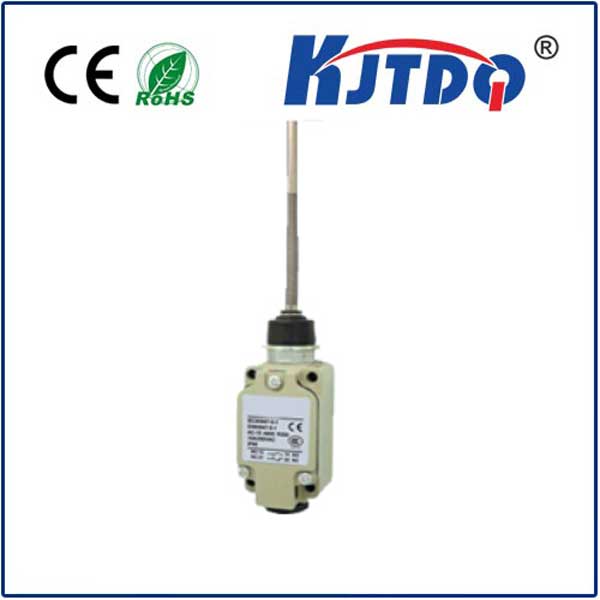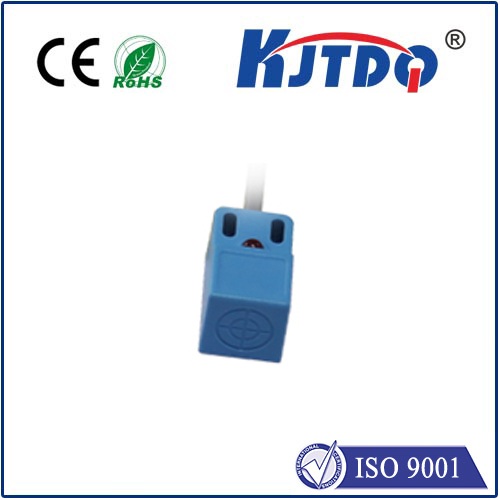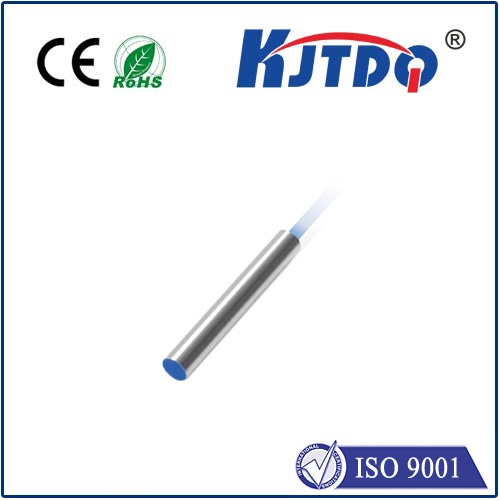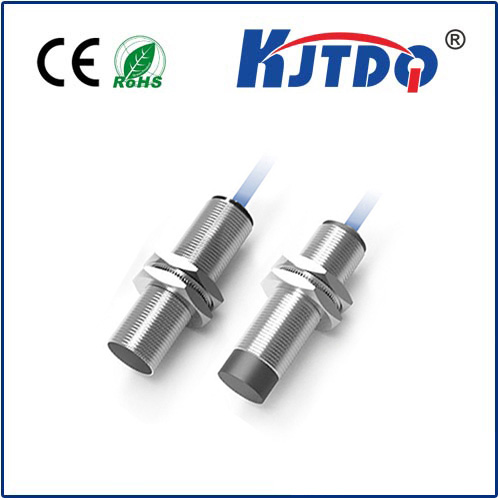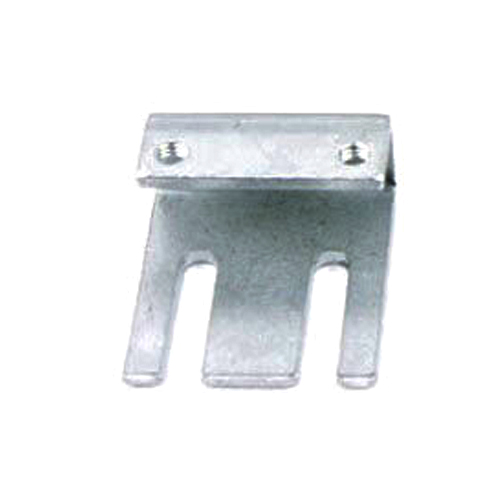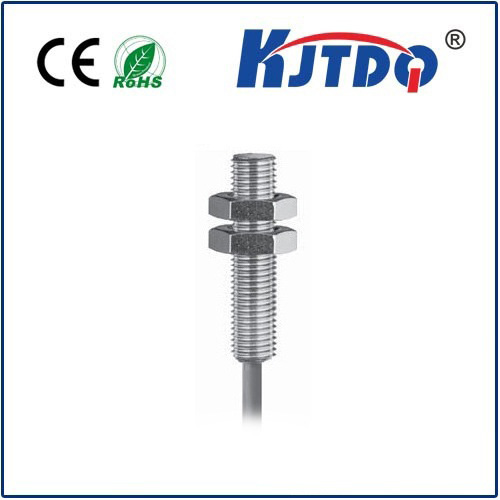BES01KP high pressure proximity sensor
- time:2025-10-13 17:13:08
- Click:0
BES01KP High Pressure Proximity Sensor: Reliability in Extreme Industrial Environments
The relentless push of pressurized fluids and gases powers countless industrial processes, from hydraulic presses forging metal giants to deep-sea exploration equipment probing the ocean’s depths. In these unforgiving environments, standard sensors falter. Pressure fluctuations, intense vibrations, and corrosive media demand components built for endurance. This is precisely where the BES01KP high pressure proximity sensor establishes its critical role – a robust sentinel designed to deliver unwavering performance where failure is simply not an option.
Confronting the Harsh Realities of Pressurized Systems
Operating within high-pressure systems presents unique and significant challenges for sensing technology:
- Physical Stress: Constant, extreme pressures exert immense force on sensor housings and internal components, risking deformation or seal failure.
- Hermetic Sealing: Imperative to prevent media ingress, which can cause short circuits, corrosion, or contamination. Even a microscopic breach under high pressure can lead to catastrophic failure.
- Material Compatibility: Sensors must withstand aggressive fluids (hydraulic oil, chemicals, saltwater) and gases without degrading.
- Temperature Extremes: High-pressure processes, like compression, often generate significant heat, while environments like cryogenics present the opposite challenge.
- Vibration & Shock: Machinery like pumps, valves, and presses generate intense vibrations capable of damaging standard components.
Traditional sensors lacking specialized construction often succumb to these conditions, leading to unplanned downtime, costly repairs, and potential safety hazards. The need for a sensor engineered to simultaneously resist crushing pressure, corrosive media, and mechanical abuse is paramount.
The BES01KP: Engineered for Resilience at the Core

The BES01KP is not merely an inductive proximity sensor; it’s a purpose-built solution for high-pressure applications. Its design philosophy revolves around overcoming the specific hurdles mentioned above:
- Unmatched Pressure Tolerance: Unlike standard sensors rated for atmospheric pressure, the BES01KP is specifically designed to operate reliably within high-pressure environments (typically rated for pressures up to 500 bar or more, depending on the specific model variant – always verify datasheets). Its robust housing and specialized sealing techniques ensure internal components remain uncompromised.
- Superior Sealing Integrity: Featuring an IP68 or IP69K rating, the BES01KP offers exceptional protection against water and dust ingress, even during high-pressure washdowns. Crucially, its sealing is engineered to maintain integrity not just externally, but crucially against the ingress of the high-pressure media it’s immersed in.
- Robust Construction: Built with high-grade, corrosion-resistant materials like stainless steel (V4A / 316L) for the housing and sensing face, the BES01KP withstands aggressive chemicals, hydraulic fluids, salt spray, and physical impact.
- *Temperature Resilience: Designed to maintain stable performance across a broad operating temperature range (commonly -25°C to +100°C), ensuring functionality despite the heat generated by pressurized processes or challenging ambient conditions.
- Vibration & Shock Resistance: Its ruggedized design minimizes the impact of intense vibrations and mechanical shocks common in heavy industrial settings, guaranteeing stable switching signals.
Inductive Sensing Principle: Simplicity Meets Robustness
At its heart, the BES01KP utilizes the reliable and well-proven inductive proximity sensing principle. This technology involves:
- An internal coil generates a high-frequency electromagnetic field.
- When a metallic target (ferrous or non-ferrous) enters this field, eddy currents are induced in the target.
- These eddy currents cause a measurable change in the oscillation amplitude within the sensor’s coil circuit.
- The sensor’s internal electronics detect this change and trigger a solid-state switching output.
The inherent advantages of this principle align perfectly with high-pressure needs:
- Wear-Free Operation: No physical contact with the target means no mechanical wear, translating to a long service life.
- High Switching Frequencies: Capable of detecting rapid target movements, essential for monitoring valve positions, cylinder movements, or rotating parts under pressure.
- Resistance to Contaminants: Since the sensing is electromagnetic, it is largely unaffected by dust, oil, or other non-metallic debris commonly found in industrial environments. This, combined with its physical sealing, makes it exceptionally reliable.
Key Capabilities Defining the BES01KP Advantage
- High Pressure Operation: Core competency – Functioning reliably immersed in/extruded by fluids or gases under pressures typically reaching hundreds of bar.
- *Consistent Switching Distance: Engineered to maintain a stable and repeatable sensing range (Sn), unaffected by pressure-induced housing stresses or temperature fluctuations within its specified range. This reliability is critical for precise position detection.
- Versatile Mounting: Commonly available in threaded barrel designs (e.g., M8, M12, M18, M30) enabling straightforward and secure installation directly onto high-pressure manifolds, valve blocks, or cylinder bodies.
- Multiple Output Options: Typically offering PNP Normally Open (NO), PNP Normally Closed (NC), or NPN configurations (confirm specific model), providing flexibility for integration into various control systems (PLCs).
- LED Status Indication: Often incorporates an LED to provide visual confirmation of power status and switching state directly at the sensor, aiding in setup and troubleshooting.
Where the BES01KP High Pressure Proximity Sensor Shines
This sensor excels in demanding applications where proximity detection must occur reliably within a high-pressure zone:
- Hydraulic Systems: Monitoring cylinder piston position, valve spool position detection, confirming tool clamping/unclamping on presses, detecting end positions on hydraulic motors within power packs.
- Pneumatic Systems (High-Pressure): Position feedback on high-pressure pneumatic cylinders, valve status verification in compressed air systems operating at elevated pressures.
- Fluid Power Machinery: Injection molding machines, die-casting machines, metal forming presses, heavy lifting equipment.
- Subsea & Offshore Equipment: Position sensing on remotely operated vehicles (ROVs), subsea valves, and actuators where sensors face immense water pressure.
- Chemical & Process Industry: Valve position monitoring in high-pressure lines handling chemicals, level detection in pressurized vessels (using metallic targets), pump status.
- Test Benches & Rig Validation: Providing reliable feedback in high-pressure test environments for components like hoses, fittings, and pressure vessels.
Selecting and Implementing with Confidence
To maximize the performance and longevity of the BES01KP high pressure proximity sensor:
- Consult Detailed Specifications: Always refer to the manufacturer’s datasheet for the exact model variant. Confirm its maximum pressure rating (bar/psi), temperature range, materials, output type, connection method, and sensing distance.
- Match the Target: Ensure the target material (usually steel or similar metal) and size meet the sensor’s requirements for reliable switching. Non-metallic targets are not detectable by inductive sensors.
- Installation Integrity: Follow mounting instructions precisely. Ensure the sensor is securely threaded into its port and tightened to the specified torque to maintain pressure integrity. Pay close attention to sealing surfaces. Incorrect installation is a common cause of premature failure under pressure.
- Environmental Compatibility: Verify the sensor’s material compatibility (housing, seals) with the specific media (oil, chemicals, water) and environmental conditions it will encounter. Consider additional protection (conduit) if heavy impact is likely near the sensor body.
- Electrical Protection: While built tough, integrate appropriate surge protection devices if the sensor is connected to inductive loads like solenoids or motors to shield its electronics from voltage spikes.
In the high-stakes world of pressurized systems, component reliability isn’t just about efficiency; it’s about safety and preventing costly operational interruptions. The **BES01KP






